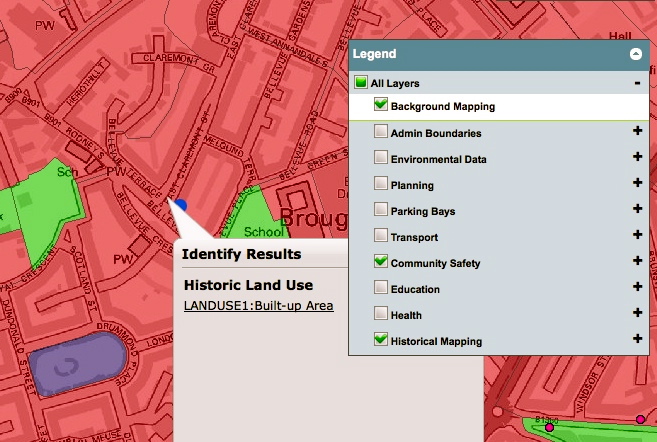
In some ways a map is one of the least useful tools for finding one's way about a city.
Notwithstanding whatever qualities of internal consistency it may have, a map does not – cannot – chart exactly what is there on the ground. Instead, it more or less accurately depicts a series of assumptions about what matters. It figures one version of the past in the subjective present. It offers a line of argument about what counts today and what may do so in the future.
Such questions have been of interest to locals in recent years as they have seen the placename 'Broughton' in street guides of the city, but struggled to find it represented in Westminster, Holyrood or City ward names and boundaries.
Even the Broughton element of the New Town and Broughton Community Council 'constituency' stops short at McDonald Rd and fails to embrace 'Spurtleshire' as far north as Pilrig Street.
Now, however a series of unconnected but newly available maps are casting fresh light on the city and its inhabitants in ways which will surely interest readers.
Take for example Hervé Saint-Amand's 'heat map' of Edinburgh flat rental prices (Broughton is hot), or his portrayal of Edinburgh as locals subdivide it. For this he, in the first instance, accessed users of Gumtree. Gumtree – for those who don't know – is a web-based facility providing classified advertisements for just about everything under the sun. Advertisers naturally enough describe where the thing which they're selling is situated, and it is these geographical descriptions which Saint-Amand has logged. The result (top-right) shows Broughton pretty much where you would expect it to be, although containing a smaller, distinct canton of Bellevue. It is overlapped by the New Town, and wholly swallowed by an enormously expanded Leith.
Arguably, this map describes the priorities of financially strapped Gumtree users, and the advantage they derive in selling terms by vaguely describing their location as being close as possible to that of many other users. Saint-Amand certainly admits that the map is based on less data for the better-off parts of town.

At the Spurtle we seem to spend a lot of time gently or not so gently reproving the City of Edinburgh Council for its perceived shortcomings. It therefore gives us great pleasure, for once, to heap praise on them. This month saw the arrival online of interactive maps accessed through a dedicated web page. Here you can find historical maps, parking maps, tree protection, conservation, political and – holy of holies – grit-bin maps to name but a few. It is a quite astonishlngly generous and useful resource which we wholeheartedly recommend so far as one can wholeheartedly recommend anything which is so clearly institutionally framed and therefore unavoidably misleading.

Finally, let us address the work of local artist Camilla Seddon, who has turned of late to making meticulously observed pictorial maps of the city.
'I would like to think my illustrated maps provide a level of intrigue,' she told Spurtle, inviting people to travel around the city and to look at and consider buildings and places in a way that they may not have done previously.
'While mapping is a universal method of ordering and making sense of our surroundings, illustrated maps can also be highly subjective projections of the artist's imagination, which appeals to me greatly creatively.'
Stylistically, her maps hark back to the pamphlets of East Lothian illustrator Doris Ann Goodchild and also to the drawings of architectural artist Anthony Cleminson, both of whose works she admires greatly for their draughtsmanship.
Seddon's work below concentrates on the neo-classical marvels of New Town architecture.
